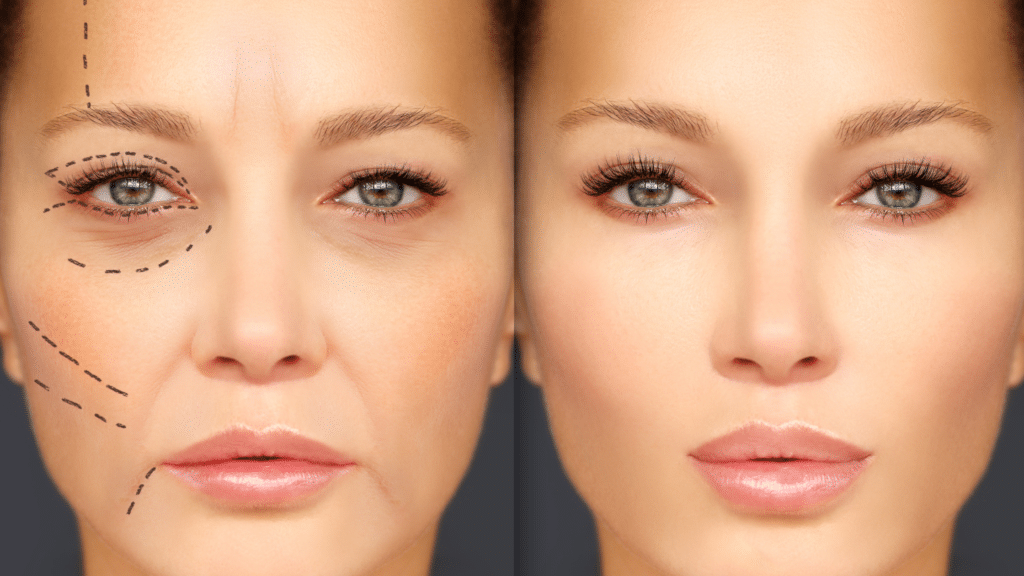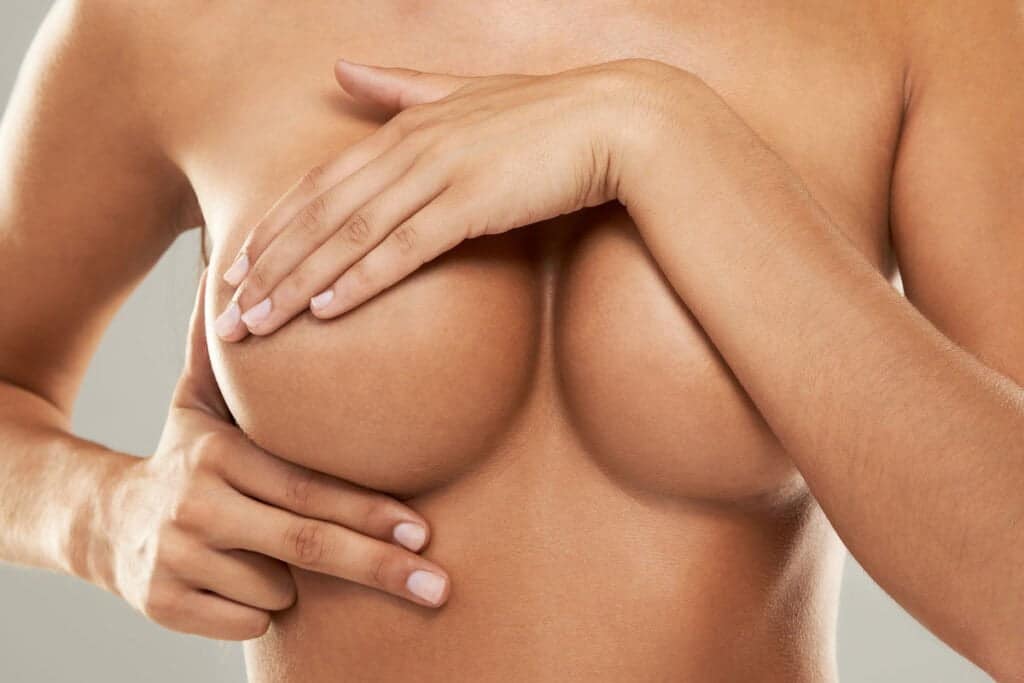Understanding the Process
Treatment Basics
Microdermabrasion is a skin rejuvenation technique. It gently removes the outermost layer of dead skin cells, a process known as dermabrasion or stratum corneum removal, from the epidermis, preparing the skin for moisturizer.
The process uses a device with an abrasive surface. It makes the skin look younger and healthier.
Steps Involved
- Cleansing
- Exfoliation
- Suction
- Moisturizing
First, the skin is cleansed to remove any makeup or oils. Next, exfoliation begins using a specialized dermabrasion tool that sands away the top layer of skin, focusing on stratum corneum removal for effects on the epidermis. This step, known as dermabrasion, is crucial for removing dead skin cells from the epidermis and promoting an increase in new cell growth, enhancing the effects.
After exfoliation in dermabrasion, suction is applied to lift away the loosened epidermis skin cells, benefiting people. This also boosts circulation, which encourages healing and revitalization.
Finally, the treatment concludes with moisturizing to hydrate and protect the fresh layer of skin, specifically targeting the epidermis, after dermabrasion, benefiting people.
Ideal Candidates
Microdermabrasion suits various skin issues:
- Fine lines
- Wrinkles
- Sun damage
- Acne scars
It’s not just for aging skin but also for those people looking to brighten their epidermis or reduce minor imperfections through dermabrasion. However, it’s less effective for deep wrinkles, very dark spots, or uneven skin tone, and a skin care specialist might recommend dermabrasion for these skin concerns.
Identifying Treatment Indications
Skin Conditions
Microdermabrasion shines as a cosmetic procedure for various epidermis (skin) issues. It effectively minimizes the appearance of acne scars, age spots, and uneven skin tone, addressing key skin concerns through dermabrasion as recommended by a skin care specialist. This dermabrasion technique, recommended by a skin care specialist, can also tackle fine lines, enlarged pores, and overall dullness, addressing multiple skin concerns.
Patients notice an improvement in their skin’s texture and tone after dermabrasion sessions. The dermabrasion process encourages a healthier-looking complexion by removing dead skin cells.
Ideal Candidates
Not everyone is a perfect fit for microdermabrasion. Ideal candidates have minor skin concerns and realistic expectations. Those with active acne, eczema, or rosacea may need to consult a dermatologist first.
People with resilient skin types often see the best results. It’s crucial to discuss with a skin care specialist before deciding.
Skin Improvement
Microdermabrasion offers more than just superficial benefits. It enhances skin texture and promotes an even tone by stimulating blood flow. This boost in circulation aids in collagen production, vital for youthful-looking skin.
Regular treatments can lead to significant improvements over time. Patients appreciate the non-invasive nature of this method and its minimal downtime.
Recognizing Contraindications
Sensitive Conditions
People with certain skin conditions should think twice before opting for microdermabrasion. It’s crucial to identify these sensitive conditions to prevent adverse effects.
Active acne, rosacea, and broken skin fall into this category. These conditions can worsen with the procedure. It involves exfoliating the top layer of your skin, which can irritate and inflame these sensitive areas further.
Professional Consultation
Before considering microdermabrasion, consulting with a dermatologist is wise. This step is especially important for those with sensitive skin.
A professional can assess your skin’s condition and history. They can determine if microdermabrasion is safe for you or suggest alternatives. Their expertise ensures that you avoid unnecessary risks and achieve the best possible outcome.
Skin Type Consideration
Not all skin types react the same way to microdermabrasion. Understanding your skin type is key to avoiding complications.
Those with darker skin tones should proceed with caution. Microdermabrasion can sometimes cause discoloration or scarring in darker skin. A dermatologist can help decide if it’s a suitable option for you or recommend more compatible treatments.
Exploring Equipment and Techniques
Crystal Machines
Crystal microdermabrasion machines rely on a high-velocity flow of aluminum oxide crystals. These are directed at the skin to remove dead cells and debris. The process is somewhat messy but effective for deeper abrasion.
Professionals often prefer these machines for their precision and adjustable intensity. This allows tailored treatments for different skin types.
Diamond-Tipped
Diamond-tipped microdermabrasion involves a wand with a diamond-coated tip that physically exfoliates the skin’s surface. It’s seen as less messy than crystal-based machines.
This method is gentler, making it suitable for sensitive skin areas. Many users find this technique less invasive, with reduced recovery time.
Professional vs. Home Kits
Professional settings typically use more powerful equipment and advanced techniques. They can offer personalized treatments based on individual skin types and concerns.
At-home kits, while convenient, lack the power and precision of professional tools. However, they can still be effective for mild exfoliation and maintenance between professional sessions.
The difference in outcomes between professional treatments and at-home care underscores the importance of machine quality and technique. Proper training ensures that professionals use these tools effectively, minimizing risks while maximizing benefits.

Managing Complications
Common Side Effects
Microdermabrasion, while beneficial for many, comes with its set of side effects. Redness and sensitivity are among the most common. These reactions occur due to the removal of the stratum corneum, the outermost layer of skin.
Patients might notice their skin feels tender or looks slightly swollen immediately after treatment. This is normal and typically subsides within a few hours to a day. To alleviate discomfort, applying a cool compress can be helpful.
Post-Treatment Care
After undergoing microdermabrasion, it’s crucial to follow specific post-treatment care guidelines to minimize complications. First, patients should hydrate their skin well. Using gentle, non-irritating moisturizers can aid in recovery.
Avoiding direct sunlight is also vital. The skin becomes more vulnerable to UV damage right after treatment. Wearing a high SPF sunscreen can protect the newly treated skin from harmful rays.
Seeking Medical Advice
In rare cases, some individuals may experience adverse reactions following microdermabrasion. Signs such as persistent redness, severe swelling, or infection warrant immediate medical attention.
It’s essential for patients to communicate with their skincare professional if they notice anything out of the ordinary. They know your skin’s history and how it responds to treatments like microdermabrasion.
Clinical Significance Explained
Research Findings
Recent studies have shown microdermabrasion’s effectiveness in treating various skin conditions. It significantly reduces signs of aging, like fine lines and wrinkles. Acne scars and sun damage also see improvement.
Patients report visible changes after a series of treatments. Their skin appears brighter and more even-toned. This evidence supports microdermabrasion as a valuable tool in dermatological care.
Cosmetic Role
In the realm of cosmetic dermatology, microdermabrasion holds a pivotal position. It’s not just about correcting skin issues. The procedure enhances skin texture, making it smoother and more radiant.
Dermatologists often recommend it as part of a comprehensive skincare routine. Its non-invasive nature makes it suitable for almost everyone. This versatility cements its role in cosmetic care.
Regular Maintenance
Incorporating microdermabrasion into regular skin maintenance offers numerous benefits. It promotes cell turnover, leading to fresher, younger-looking skin. Regular sessions help maintain these results over time.
Clients notice improved skincare product absorption post-treatment. This maximizes the benefits of their daily skincare regimen, making each product more effective.
Enhancing Healthcare Outcomes
Complementary Care
Microdermabrasion works well with other treatments to improve skin health. It helps by preparing the skin, making it more receptive to skincare products and procedures. This synergy enhances the effectiveness of both microdermabrasion and accompanying therapies.
Patients often notice their skincare products absorb better post-treatment. This maximizes the benefits of their routine, leading to healthier, more vibrant skin.
Less Invasive
Microdermabrasion offers a less invasive option for managing skin concerns. It can significantly reduce the need for harsher procedures like chemical peels or laser treatments. By targeting the outermost layer of the skin, microdermabrasion gently removes dead cells and promotes new cell growth.
This process can help address issues like uneven skin tone and texture without extensive downtime. Patients appreciate this gentler approach that still delivers noticeable results.
Treatment Schedule
To optimize skin health and appearance, a regular schedule is key. Dermatologists often recommend starting with weekly sessions for a month. After this initial period, monthly maintenance treatments can maintain the improvements.
This schedule allows the skin to recover fully between sessions while ensuring continuous care. It leads to long-lasting enhancements in skin quality and resilience.
Review and References
Key Points
Microdermabrasion is a non-invasive procedure. It targets the face’s outer layer to rejuvenate skin cells. Specialists use a device that sprays fine particles under high pressure. This process removes dead cells effectively.
Patients often notice results after several sessions. Each session lasts about 30 minutes. For optimal effects, treatments should occur weekly for a month. Then, maintenance can extend to every two months.
Clinical Studies
Recent studies confirm microdermabrasion’s benefits. A 2019 research found it improves skin texture significantly. Another study in 2020 linked it to reduced fine lines and acne scars.
These findings are crucial for understanding its effectiveness. They also guide skincare professionals in offering personalized advice.
Professional Advice
Choosing the right provider is essential. Look for clinics with certified specialists. They should have experience and positive reviews.
Consult with them before starting treatment. Discuss your skin type and desired results. They can tailor a plan that suits your needs best.
Insurance may not cover microdermabrasion since it’s cosmetic. Check with your insurance company first.
Final Remarks
Microdermabrasion stands out as a game-changer in skincare, blending science and aesthetics to rejuvenate your skin. From understanding its process to managing any complications, we’ve covered the essentials you need to know. This treatment isn’t just about looking good; it’s about promoting healthier skin. Whether you’re seeking to address specific skin issues or aiming to enhance your skin’s overall health, microdermabrasion offers a compelling solution. Remember, recognizing contraindications and choosing the right equipment are key steps towards achieving optimal results and minimizing risks.
Now, it’s over to you. Armed with knowledge, are you ready to explore how microdermabrasion can transform your skincare routine? Don’t let uncertainty hold you back. Consult with a skincare professional and take the first step towards unlocking the potential of your skin. Your journey towards radiant, healthy skin begins today.
Frequently Asked Questions
What is microdermabrasion and how does it work?
Microdermabrasion is a non-invasive skin rejuvenation procedure that uses fine crystals or a diamond tip to exfoliate the outer layer of dead skin, promoting the growth of new, healthy skin cells. This process can improve skin texture and tone.
Who should consider getting microdermabrasion treatments?
Individuals looking to improve minor skin issues such as dull skin, light scarring, discoloration, sun damage, or fine lines may benefit from microdermabrasion. It’s suitable for most skin types but consulting with a skincare professional first is recommended.
Are there any reasons someone shouldn’t get microdermabrasion?
Yes, people with active skin infections, severe acne, rosacea, eczema, or dermatitis might want to avoid microdermabrasion. The procedure could exacerbate these conditions. Always disclose your full medical and skin history to your practitioner before treatment.
What types of equipment are used in microdermabrasion?
Two main types of equipment are used: crystal microdermabrasion systems that blast tiny crystals onto the skin and diamond-tip devices that exfoliate without particles. Both effectively remove dead skin cells but may be chosen based on individual skin sensitivity and treatment area.
How should I manage my skin post-microdermabrasion to avoid complications?
After treatment, keep your skin moisturized, use gentle skincare products free from irritants like fragrance or alcohol, and apply broad-spectrum sunscreen daily. Avoid direct sun exposure and harsh treatments to the treated area for at least one week after your session.
What clinical benefits does microdermabrasion offer?
Microdermabrasion can enhance the appearance of your skin by reducing fine lines, early sun damage, and mild acne marks. It improves the effectiveness of skincare products by allowing deeper penetration into the skin and can also make the complexion look brighter and more even-toned.
Can microdermabrasion lead to improved healthcare outcomes?
Yes, when integrated into a comprehensive skincare routine supervised by healthcare professionals, microdermabrasion can contribute to improved overall dermatologic health. It encourages patients to take an active role in their skincare regimen, potentially leading to better long-term outcomes in managing various minor cosmetic concerns.











